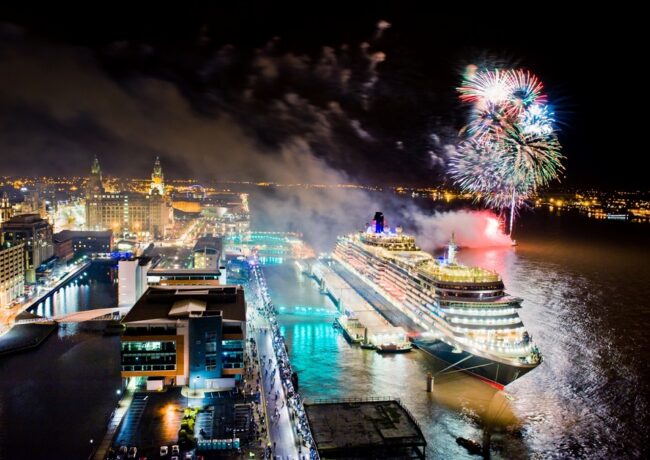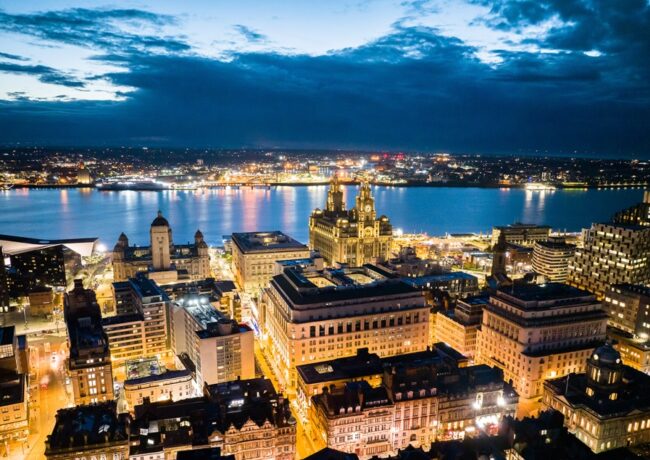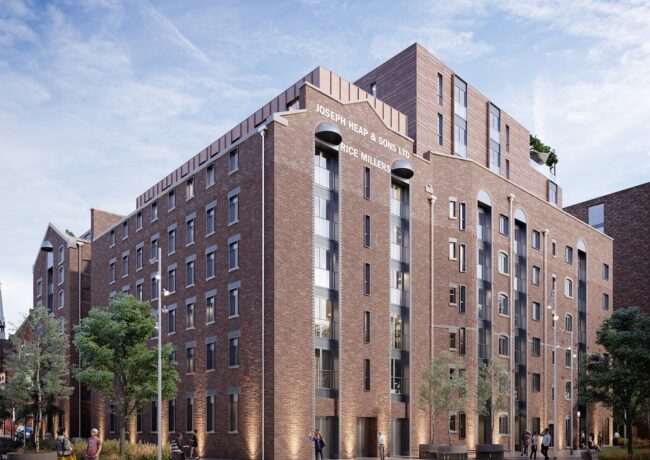Visitor economy continues to fuel Liverpool
The Liverpool city region’s visitor economy is now worth more than £4.5bn, supports 53,500 jobs and last year welcomed 64m visitors, its Local Enterprise Partnership has said.
The visitor economy has grown yet further in importance to Liverpool in the years since the 2008 Capital of Culture year and continues to drive development in the city – the £50m cruise liner terminal, started in May, is a banner project, while Lime Street station is undergoing a £340m redevelopment.
In the private sector, hotels and serviced apartments have constantly appeared among the monthly planning agendas. Elliot Group will open the Seel Street Hotel by Epic in November, by which time it is expected to make a start with a 306-bedroom hotel in the Baltic district in October. Wates is to build a 200-bedroom hotel close to the cruise terminal, while Accor has paid £20m to acquire the Novotel on the edge of Liverpool ONE.
Liverpool retained its place as the fifth most visited destination in the UK for overseas visitors, with overnight trips showing a 2.2% increase. There was an uplift of 3.5% in the average income per occupied room across the year
The LEP’s visitor economy team commissioned research on 2017’s performance, which brought out headline city region-wide figures including:
- The region welcomed more than 64.2m visitors – a 2.7% increase. This comprised of 59m day visitors, up 2.8%, and 5.3m staying visitors, up 2.6% on the previous year.
- Those staying in paid accommodation rose by 3.6% to 2.6m – the economic impact from this alone rising by 8.9% to £950m.
- Consequently, the region has enjoyed increased employment in the sector – over 53,500 jobs, an increase of 3.5%.
For Liverpool alone, the figures read:
- A 1.9% increase in visitor numbers – up to 35.4m.
- A 2.2% increase in the number of staying visitors to 2.6m, including a 2.1% increase in serviced accommodation days.
- The wider benefit of this growth is the 3.2% rise in jobs – to almost 35,000 in Liverpool.
- The economic impact in Liverpool is now £3.02bn – a rise of 5.6% in the last year.
The figures are put together using the STEAM – Scarborough Tourism Economic Activity Model – process, commonly used in the tourism industry to measure economic impact of visitor economies, along with International Passenger Survey information. The results are calculated using a range of tourism inputs including hotel occupancy, transport figures, attractions attendance figures and event figures.
Long-term trends show that from 2009 to 2017, there has been 66% growth in the economic value of the visitor economy to the Liverpool city region, rising from £2.73bn to £4.53bn – averaging out at 6.5% per year. Visitor numbers have climbed from 52.3m in 2009 to 64.2m in 2017.
Placed in a wider context, Visit Britain’s annual summary showed an increase of 4.3% in inbound tourism visits in 2017. Although the Liverpool city region’s growth was only 3%, the number of days that visitors stayed climbed 3%, against a UK average that saw a decline of 1.3%.
The LEP said that factors helping Liverpool’s performance included Liverpool John Lennon Aiport, which continued its steady rise in passenger numbers since being re-acquired by Peel in 2014. LJLA recorded 4.95m passengers, a 3% increase that represented its highest total since 2011.
Key events in the city included the Open Golf Championship, held at Royal Birkdale in Sefton, and the River Festival. Although not cited by the LEP, the expansion of Anfield, which has added around 8,000 seats to Liverpool FC’s stadium, has added further to the club’s ability to satisfy a global fanbase..
Peter Sandman, head of visitor economy for the LEP, said: “In the ten years since Liverpool became European Capital of Culture, the city, and region as a whole has seen the visitor economy experience a healthy growth and the sector continues to contribute significantly to the region’s economy.
“It is particularly encouraging to see our overseas visitors staying longer, as well as the number of jobs supported by the sector continuing to grow.”





Do the above visitor figures take into account the “gig” economy too, for example, the increased usage of Airbnb and other forms of hospitality. It is certainly looking a lot healthier and the city is very busy most of the time with visitors and tourists.
By Man on bicycle
These figures are no surprise to me. Studied there for my degree, miss the city like mad. I make sure I visit at least twice a year. Scousers are the friendliest people in the country! Liverpool also has some of the best nightlife in the country and loads to offer.
By Dave